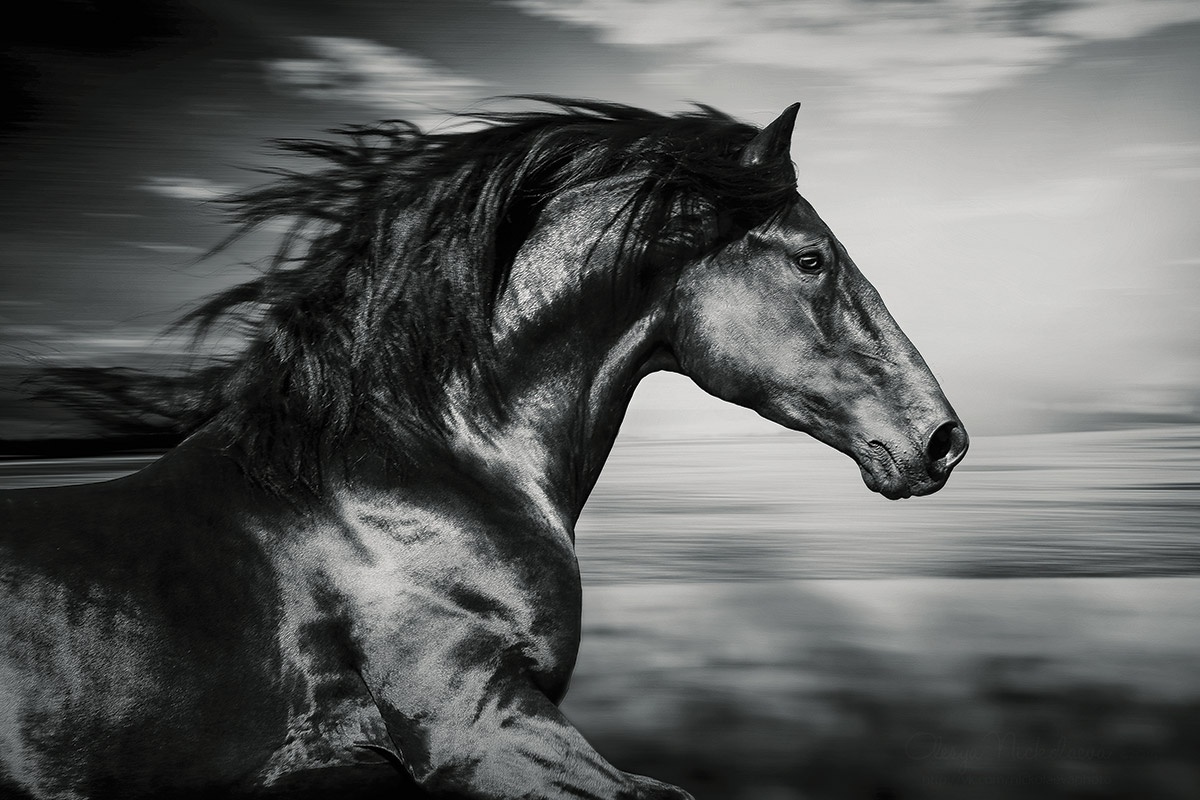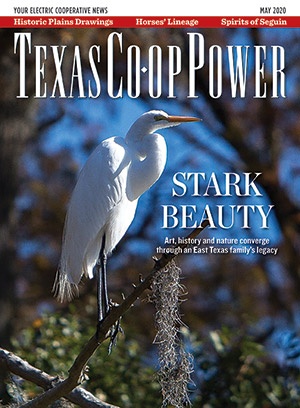Much of the modern history of Texas was built on the backs of horses, but where did these equine partners in the settlement of the state originate? The fossil record of the genus Equus, according to Live Science, can be traced back some 4 million years in North America.
The predecessors of modern horses spread from North America, probably over the Bering land bridge that once connected Alaska and Siberia, and colonized Asia, Europe and Africa. The last of those prehistoric horses in North America died out 11,000–13,000 years ago, the result of a cooling event that also wiped out woolly mammoths, American camels and other animals.
The Americas remained horseless until Christopher Columbus arrived on his second voyage, in 1493, and introduced domesticated horses to Hispaniola and Cuba. The return of horses to the Western Hemisphere was no small feat. Records from early voyages tell of numerous deaths among valuable horses, which crossed the stormy Atlantic suspended in slings in damp, dark holds to prevent the rolling of the ship from tossing them about.
If the storms didn’t get them, the calm winds of the “horse latitudes” might. In this region, about 30 degrees north and 30 degrees south of the equator, ships sailing to the Western Hemisphere from Europe and Asia often became stalled, sometimes for weeks. If a ship carried horses and the supply of fresh water crept below a critical point, sailors would sometimes be forced to throw horses overboard—earning this region its name.
In 1519, Hernando Cortés landed in what is now Veracruz, where horses left hoofprints on the North American mainland for the first time in more than 10,000 years. Bernal Díaz del Castillo, who accompanied Cortés, explained, “The natives had never seen horses up to this time and thought the horse and rider were all one animal.”
That same year, Francisco Vázquez de Coronado sailed to North America with 150 horses, followed in 1539 by Hernando de Soto with 237. Eventually, some of the wily beasts emancipated themselves and set up housekeeping on the Great Plains, helped in their expansion by the development of Spanish missions, which kept herds of horses. Some were traded with Native Americans, who learned to ride like the centaurs that had so astonished them when the Spanish arrived.
The first horses brought to Texas arrived in 1542 with the Moscoso expedition, named for Luis de Moscoso Alvarado, who took charge of the 600-man expedition when de Soto died of fever near the Mississippi River. These original Spanish mustangs were the foundation for later American breeds, including the fabled quarter horse, whose endurance and talent for handling cattle made it the horse of choice for frontiersmen and ranchers in early Texas.
Today, there are an estimated 880,000 horses in Texas, according to Texas A&M University. Artist Frederic Remington paid tribute to the noble animal when he remarked, “Of all the monuments which the Spaniard has left to glorify his reign in America, there will be none more worthy than his horse.”
Martha Deeringer, a Heart of Texas EC member, lives in McGregor. Read more of her work at marthadeeringer.com.


